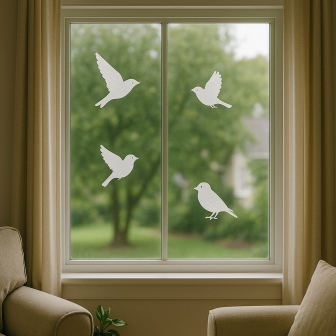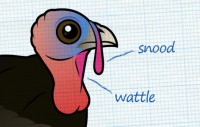Illinois County Takes Bold Step for Bird Conservation

As someone who grew up in Lake County, Illinois, I (Amy) could not be prouder of the County Board’s groundbreaking bird‑friendly ordinance passed in May 2025. Lake County became the first place in the nation to pass a policy requiring new single‑family homes to include bird‑collision prevention measures. This forward‑thinking move follows successful commercial building rules adopted in June 2024 and marks a historic leap toward protecting our local bird populations.
Having watched and listened to birds since childhood, I know how deeply they enrich our community. Lake County lies along the Mississippi flyway and is Illinois’s most biodiverse county, so mitigating the roughly 1 billion U.S. bird deaths from window collisions annually (more than 40% at homes) matters a great deal there!
The ordinance wouldn’t exist without collaboration between the Planning, Building, and Development team in Lake County, and the Glass Collisions Program Director at ABC (American Bird Conservancy). Lake County birder and conservation advocate Donnie Dann was instrumental in the project; he first asked the county about adding such a policy to the books. Arthur and I fondly remember meeting Donnie at various Audubon related events back in the day.
The bird-safe new building requirements not only reflect local pride but also encourage a growing market for bird‑safe residential glass. As units begin construction this July, Lake County neighborhoods will become safer havens for migrating and resident species alike. It’s exciting to see how Lake County’s leadership is setting the standard—if we can show that bird‑friendly homes work there, other communities can follow.
Way to go, Lake County Illinois!
Birds and Window Strikes
While birds are in danger of window strikes all year long, migration is typically the deadliest time of year for collisions. And the birds most likely to fall victim to a window strike are those that migrate at night, and call out while in flight. In 2022 the American Bird Conservancy identified the seven species that most frequently die from these crashes; you can learn more about some of them below, and read the full article here: These Seven Bird Species are Most Likely to Collide with Windows.
More resources:











Comments
Be the first to comment
Thank you!